site:Detail
“Nuclear Safety is a Journey, Not a Destination” — International Symposium on Modernizing Nuclear Safety Regulation Concludes Successfully
December 10, 2024
On December 4, 2024, the two-day International Symposium on Modernizing Nuclear Safety Regulation, co-hosted by China’s National Nuclear Safety Administration (NNSA) and the OECD Nuclear Energy Agency (NEA), concluded successfully in Xiamen. Over 40 senior officials from nearly 20 countries and international organizations, alongside 120 Chinese representatives, gathered in the “Egret City.” Mr. Dong Baotong, Vice Minister of the Ministry of Ecology and Environment and Administrator of the NNSA, and NEA Director-General William D. Magwood delivered opening remarks. The symposium was jointly organized by the MEE (NNSA) and the NEA, with the Nuclear and Radiation Safety Center (NRSC) and the Chinese Society for Environmental Sciences serving as co-hosts.
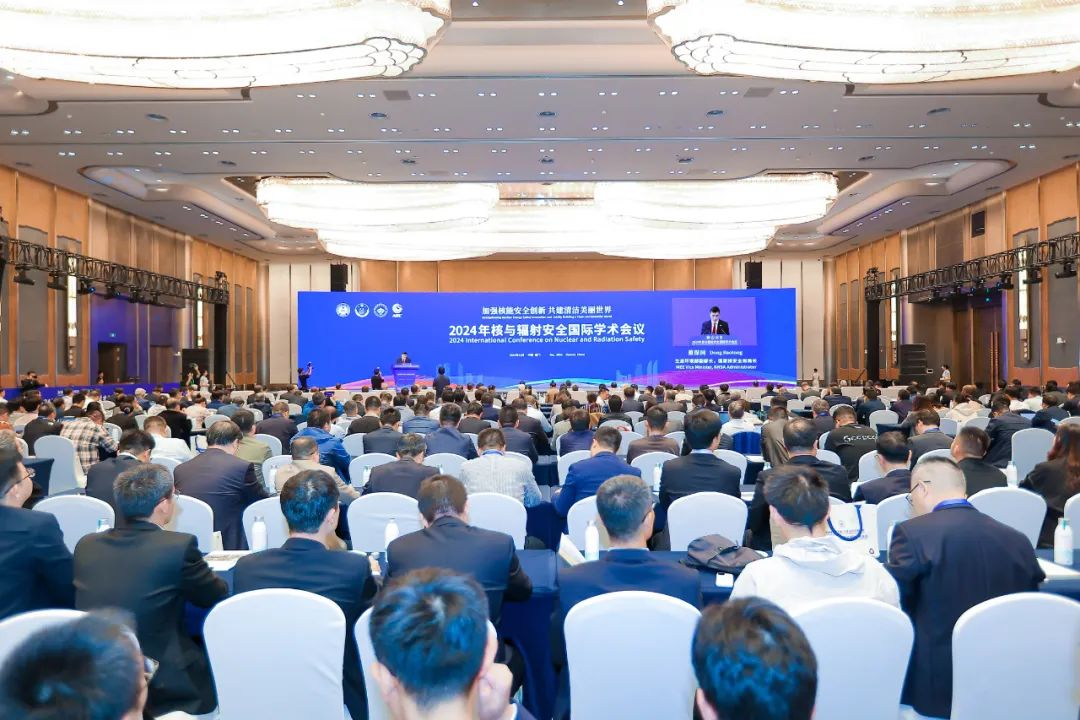
35 Years of Accumulated Strength
China’s high-quality development in nuclear energy and technology has garnered global attention, with the international influence of its nuclear safety regulation growing steadily. As the China’s unique public institution dedicated to comprehensive technical support for nuclear and radiation safety regulation, the NSC has, over its 35-year history, undertaken full responsibilities in regulatory technical assistance. It has continuously strengthened internal capabilities to build a world-class team aligned with China’s nuclear ambitions while fostering international collaboration through major events. Notably, the NSC organized the IAEA International Conference on Nuclear Facility Safety in 2004 (marking 20 years of Chinese nuclear safety regulation) and the 3rd International Conference on Technical and Scientific Support Organizations in 2014 (marking 30 years).
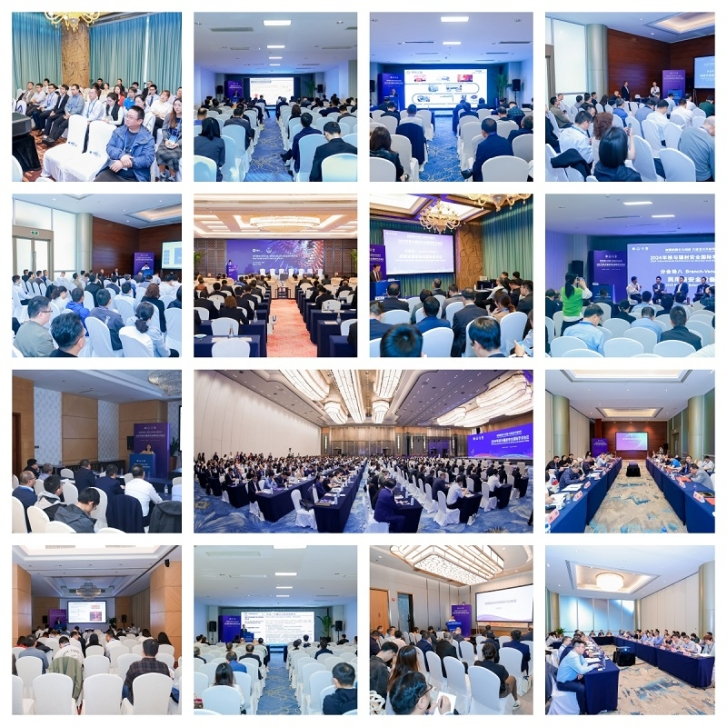
As an important part of the 40th anniversary of China’s nuclear safety regulation, this symposium is another grand event hosted by the NSC , which also underscores the decade-long partnership between the NNSA and the NEA. It showed bilateral achievements in nuclear safety, radiation protection, and scientific research. It facilitated exchanges among governments, industries, academia, and civil society to share modernization experiences, refine regulatory frameworks, and elevate global nuclear safety standards in response to rapid technological advancements and climate challenges.
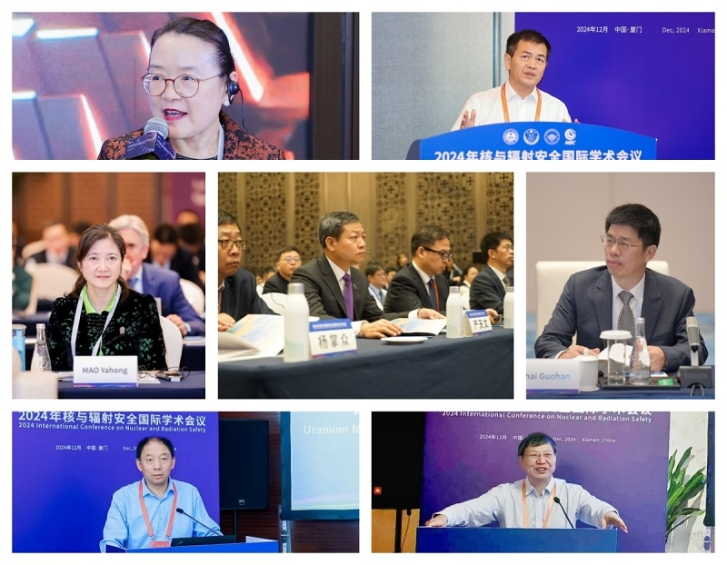
Over two days, participants engaged in thematic discussions on emerging nuclear energy trends, nuclear safety regulatory and scientific research capacity-building, modernization of safety oversight and review, and streamlining organizational processes. Key outcomes were jointly released in both Chinese and English.
Professional Team, Comprehensive Preparation
The symposium drew high attention from its inception. As the co-host, the NSC mobilized a professional team of nearly 30 members, initiating preparations six months in advance. Through dozens of calls, video conferences, late-night efforts, and thousands of emails, the team ensured meticulous execution:
In-depth thematic planning: Exploring multi-dimensional aspects of regulatory modernization.
Achievements gathering: Negotiating multiple cooperation agreements with the NEA and releasing critical technical reports.
Seamless logistics: Showcasing China’s rigorous regulatory professionalism through flawless support for international delegates.
Global outreach: Promoting the symposium’s vision to enhance its global impact.
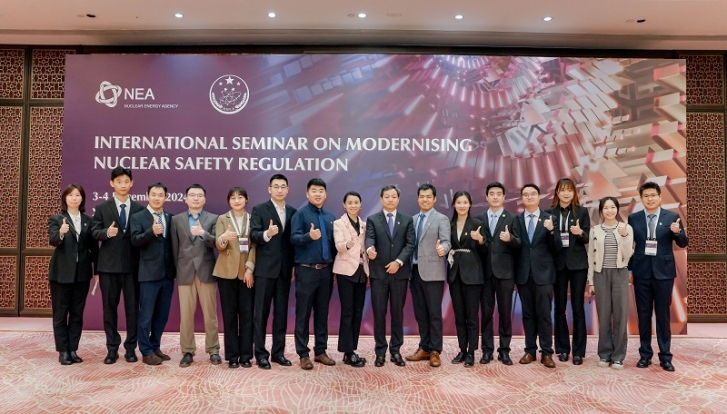
A Decade of Collaboration, A New Chapter
Prior to the symposium, NEA Director General Magwood visited the National R&D Center for Nuclear and Radiation Safety Regulatory Technology, discussing future collaboration with NSC Director General Yan Tianwen. Yan emphasized the NSC’s readiness to deepen cooperation within platforms including the Committee on Nuclear Regulatory Activities (CNRA), the Committee on the Safety of Nuclear Installations (CSNI), and the Multinational Design Evaluation Programme (MDEP). He highlighted plans to expand joint research, expert exchanges, and partnerships in radioactive waste management, safety evaluation training, and technology transfer.Magwood praised the NSC’s “leapfrog progress” in innovative regulation and capacity-building since his 2023 visit, stressing the need for mutual efforts to elevate global nuclear governance influence.
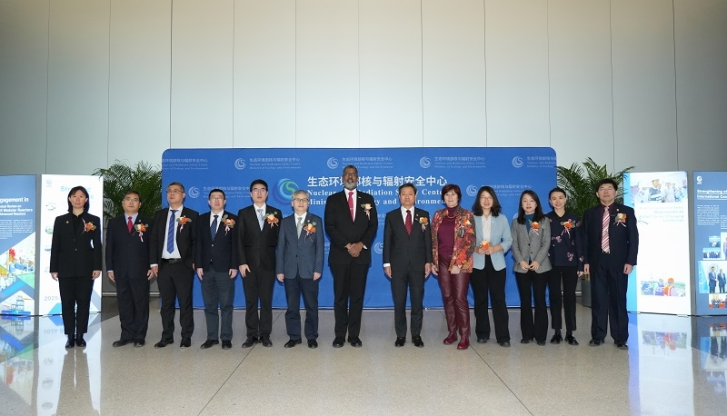
Nuclear Safety: An Ongoing Mission
During the symposium, the NSC and the NEA signed agreements to translate and disseminate pivotal reports, including Characteristics of a Trusted Nuclear Regulator, to foster global knowledge-sharing and modernize safety regulation through new methodologies. Moving forward, the NSC will leverage platforms such as the National R&D Base, the IAEA first-ever Collaborating Centre on Nuclear and Radiation Safety, and NEA joint research mechanisms to advance scientific planning, capacity-building, and talent development. These efforts aim to accelerate the establishment of a modern nuclear safety regulatory system and contribute even greater value to global nuclear safety governance.
“Nuclear safety is a journey, not a destination” — the NSC remains committed to this principle, driving progress for a safer nuclear future.